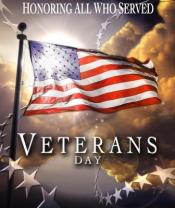California Minimum Wage to Increase from $15.50 to $16 Per Hour on January 1, 2024.
/Effective January 1, 2024, the minimum wage for all California hourly employees increases to $16 per hour, up from $15.50 per hour that was effective January 1, 2023.
The federal minimum wage for 2024 is still $7.25, a rate unchanged since it became effective on July 24, 2009.
California minimum wage rates apply to Ventura County residents.
The City of Los Angeles minimum wage rate has been $16.78 per hour since July 1, 2023. Each year, the minimum wage is adjusted for inflation; the adjusted rate is announced on February 1st of each year and becomes effective on July 1st of each year. The city’s 2024 minimum wage rate increases to $____ (TBA) effective July 1, 2024. See wagesla.lacity.org.
The County of Los Angeles minimum wage rate became $16.90 per hour effective July 1, 2023 and increases to $____ (TBA) per hour starting July 1, 2024. See dcba.lacounty.gov/minimum-wage-for-businesses. This rate applies to employees in unincorporated areas of Los Angeles County.
But WAIT…you may have heard that hourly employees of national fast food eateries in California will receive minimum wage rate of $20 beginning April 1, 2024.












